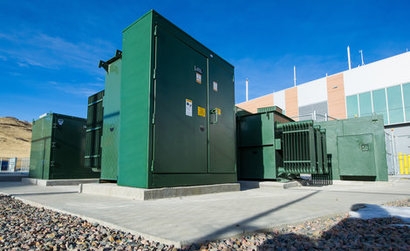
The Federal Government said that they would step into the electricity market to build up to 1,000 MW of gas-fired generation to fill the gap left by the coal-fired Liddell Power Station, which is scheduled for closure in 2023, leaving a hole in power provision for the 2023-24 summer.
This target has since been revised down to a possible 250MW given the current number of projects in the pipeline, acknowledging that other technologies such as batteries can provide the support required.
Research from Cornwall Insight Australia highlights that battery storage might be able to fill this gap instead of gas-fired generation. In fact, the data shows there is an increasing value for batteries in New South Wales (NSW) to shift generation in the market and realise the energy spread value.
Batteries spread have increased from ~$130/MWh in 2018 to $288 MWh so far in 2020 and battery storage costs have fallen well below the capital costs for Open Cycle Gas Turbines (OCGTs), as well as fuel costs for batteries trending to ~10/MWh.
“Frequency Control Ancillary Services (FCAS) accounts for a significant amount of value in current storage projects in the National Electricity Market (NEM)” said Ben Cerini, Principal Consultant at Cornwall Insight Australia. “Therefore, there is real potential value for battery storage energy trading. Battery storage value is a sign to the government that we don’t need more gas-powered generation. Also, if we are projecting a tightening of gas supplies on the east coast and the government wants to push gas prices lower, then building large gas-powered generation (GPG) is counterproductive. Batteries are dispatchable - they now compete with gas power generation as peaking assets in their own right and are winning in huge capacities. With new markets emerging in the NEM, it will not be long before projects like this begin to look feasible in the Australian market.”
For additional information:

